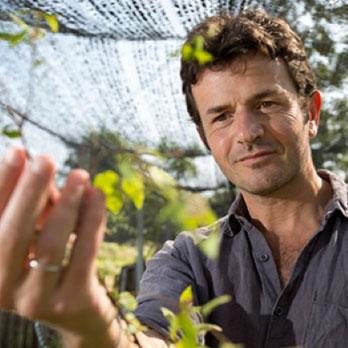
Article published in: May 2020
Article updated in: April 2025
TRISTAN LECOMTE
Founder, PUR
After founding and developing Alter Eco (1998 to 2011) into France’s leading fair trade brand, Tristan co-founded PUR to assist companies in regenerating the ecosystems they depend upon. Tristan is motivated by the will to be useful to society and bring positive change.

JULIE: YOU OFTEN SAY THAT WE MUST PLANT TREES EVERYWHERE ON THE PLANET. CAN YOU GIVE US SOME INSIGHT ON THIS?
During the agricultural revolution in the 1960s, farmers thought their production could succeed without trees, and that they could depend entirely on chemical fertilisers and pesticides instead.
But this was a big mistake. In time, following chemical pollution and environmental degradation, they learned that for nature to thrive, we needed to revert back to the use of more natural farming methods.
Especially in the cultivation of coffee, the answer was: trees. You see, coffee, as a plant, is a forest species. So, it’s clear that a ‘forest model’ is the ideal ecosystem for planting coffee. But in most of today’s cases, coffee crops are still planted in full sun systems, which considerably depletes soils and groundwater. In Brazil and Vietnam, the world's biggest coffee producers, coffee fields have no trees, so the use of fertilizers and irrigation is still common practice.
I say that trees are really man’s best friend, and the only way forward if we want nature and agriculture to thrive in harmony.
Restoring the balance of trees and crops benefits everyone’s wellbeing, as well as business and the future of our planet. To do this, we need to start replanting trees everywhere – not just in coffee fields but wherever intensive crops are found.
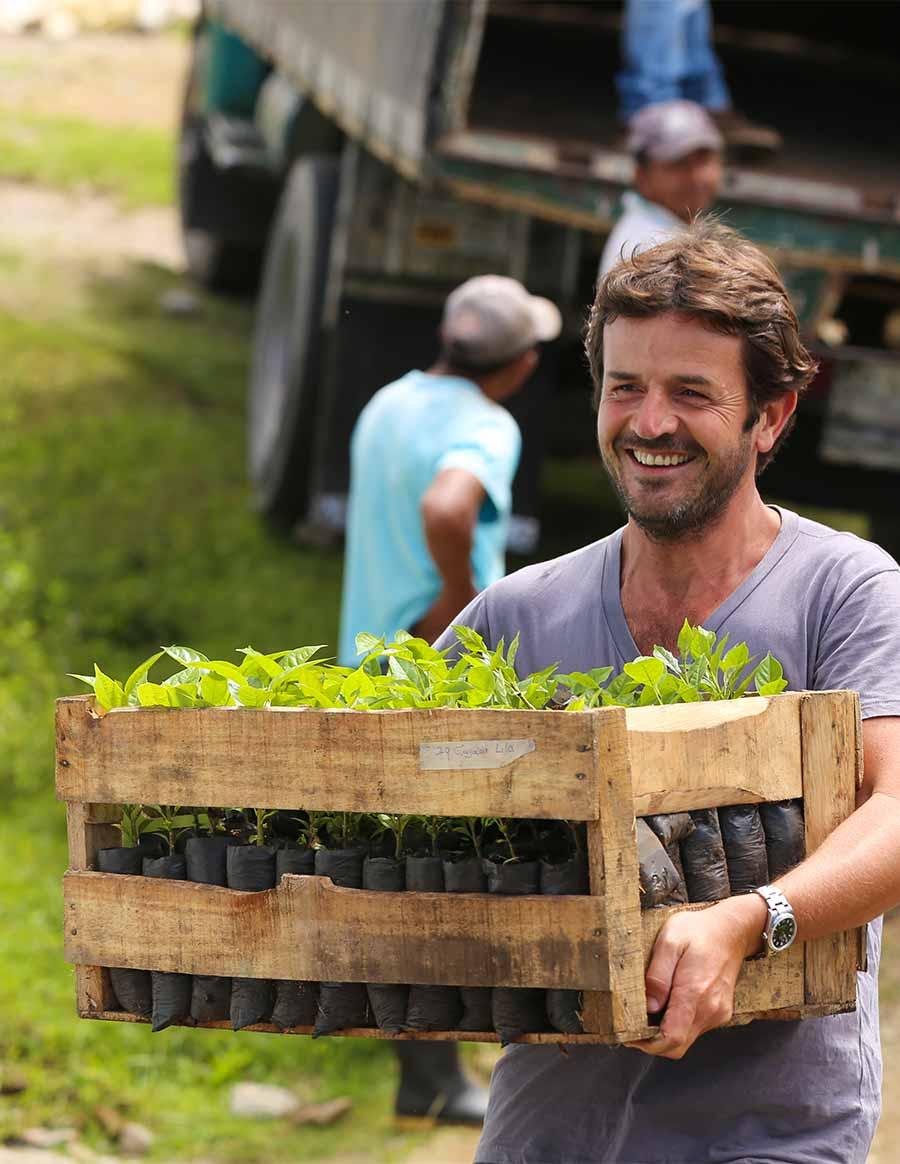
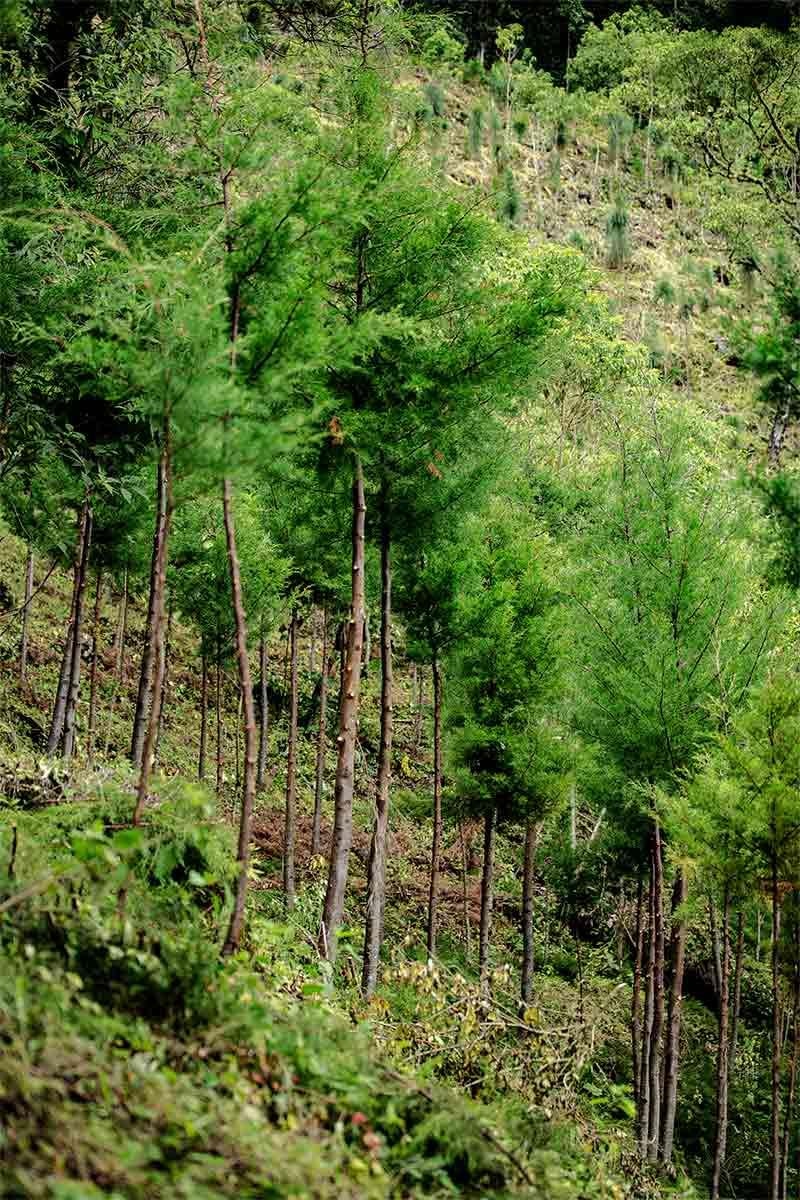
WHAT WOULD YOU HIGHLIGHT AS THE SPECIFIC BENEFITS OF TREES?
We have listed more than one hundred benefits. But the general public knows little about the economic, social, cultural (and, of course, environmental) services that trees deliver.
Naturally, they promote soil regeneration, water conservation and biodiversity. On a social level, they diversify farmers' incomes. And environmentally, they are the most powerful tool against climate change: on the one hand, because their canopy protects the crop against extreme weather conditions, and on the other, because trees sequester carbon in their roots, trunks and branches.
If you add all these benefits up and turn them into monetary value, our work in Colombia shows us that for every dollar invested in a tree, it returns more than 3 times its value in various services every year. Where else can you find such a high return on investment?
"Agroforestry models produce richer soil, and as a result, higher quality coffee. (...) Trees are also instrumental to climate change resilience."
CAN YOU GIVE US SPECIFIC EXAMPLES OF THE IMPACTS THAT AGROFORESTRY MODELS HAVE HAD ON COFFEE PRODUCTION?
To produce high-quality coffee, coffee plants need at least 40% shade. So, naturally, coffee trees are very well adapted to forest environments.
Agroforestry models mimic forest ecosystems and re-establish a cultivation model that is more balanced for the coffee crop. With it, we imitate (it is called biomimicry) the perfect circular economy of forests, where nothing is lost and all is recycled, for the benefit of all.
Agroforestry models produce richer soil, and as a result, higher quality coffee. Rich soils produce higher volumes and a greater density of beans, leading to favourable conditions for aroma development. But for rich soil and its humus (organic matters and micro-organisms) to thrive, we need trees.
Trees are also instrumental to climate change resilience. We’re seeing a big increase in extreme weather events like prolonged droughts or heavy rains. Shade trees (and their canopy) help protect coffee trees against intense winds, rain or heat, particularly during the flowering season. They also help slow down the effects of pest infestation – like the rust outbreak that massively effected Colombia’s coffee production in 2015.
To scientifically demonstrate these benefits, we partner with prestigious universities to measure the impacts on farms where we’ve set up agroforestry models.
In Colombia, where Nespresso sources coffee in Cauca, we’ve set up a protocol with Yale University to measure the impact of trees on soil quality. As you know, high quality coffee cannot be produced on degraded soil. In Guatemala, we established another study to measure soil erosion and findings showed that by planting trees on coffee farms, erosion can be reduced by 60%.
So, as you can see, planting trees is imperative not only for the coffee farmers, but also for companies like Nespresso who need to secure a continued supply of high-quality coffee.
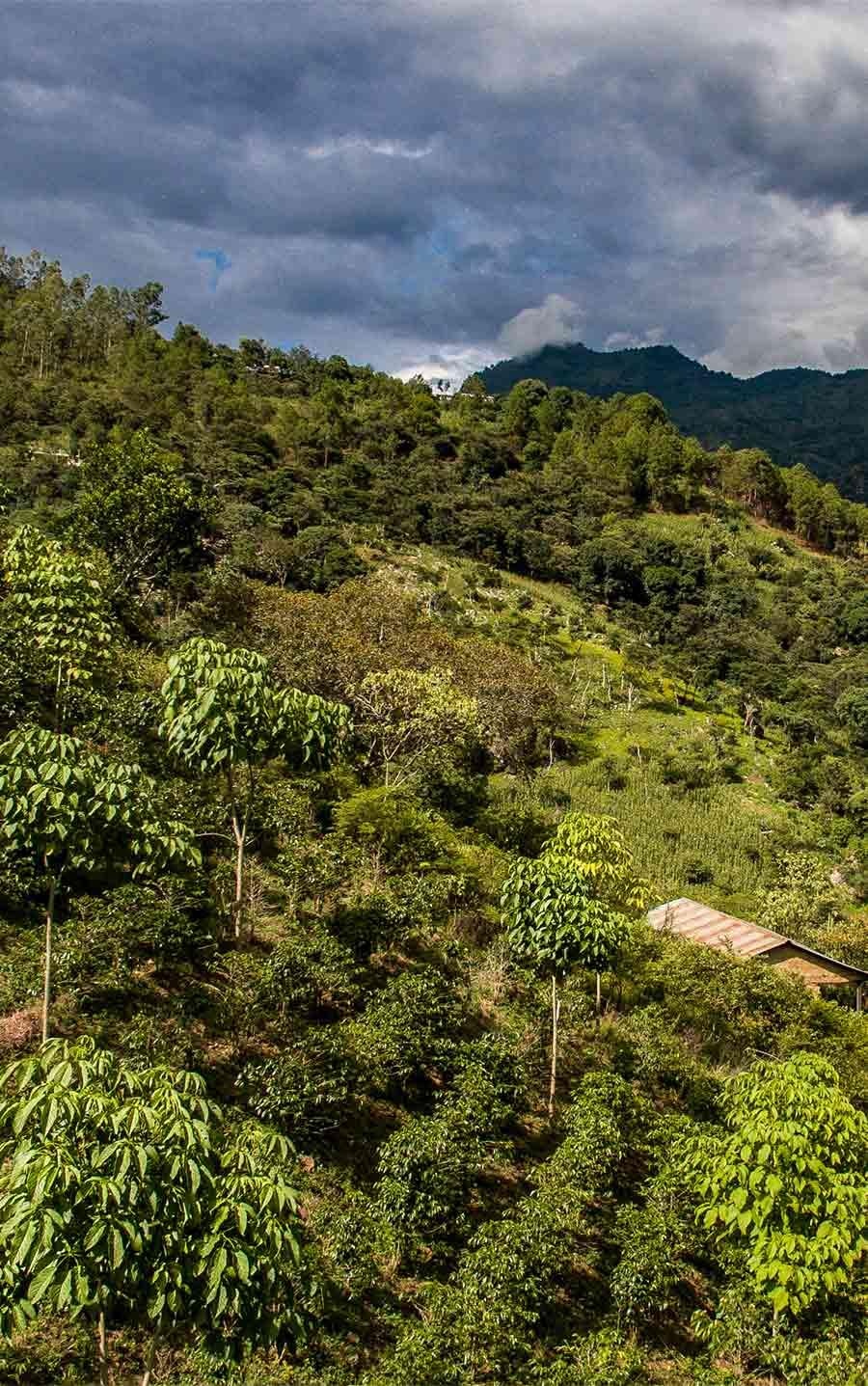
YOU ARE A HUGE PROMOTER OF INSETTING. HOW WOULD YOU SAY THIS DIFFERS FROM OFFSETTING?
We’ve been promoting insetting to companies for ten years. Insetting means compensating the global social and environmental footprint of a company within its own value chain. We believe that insetting is a more powerful approach than offsetting because businesses can change the system from within their own supply chains, core business and values. Furthermore, we think it’s a great way to shift climate strategies from the niche to the mainstream and to target multiple impacts beyond carbon.
We’ve planted over 10 million trees in 10 years and see that trend growing fast. We need it because as more and more trees are cut, we need many more companies to engage in the way Nespresso has.
SINCE 2014, NESPRESSO AND ITS PARTNERS HAVE PLANTED OVER 10 MILLION TREES TOGETHER1. WHAT ADVICE WOULD YOU GIVE TO NESPRESSO FOR THE FUTURE?
To me, the key is to integrate insetting, agroforestry and the use of trees into the identity and core business of Nespresso. Link them throughout – across marketing and communication, sales, the supply chain, human resources – because changing the mindset of today’s society starts within your business.
For that, trees are an amazing trigger. They allow the reconciliation of Man with Nature, they inspire us to innovate and change our behaviour and they’re a catalyser of positive energy. Like in the forest where trees collaborate together to maximise ecosystem production and balance, together we should be inspired to build a more sustainable society.
As Gandhi once said, trees allow us to "be the change we want to see in this world". That’s what I mean when I say they are man’s best friend: the key to a sustainable future.
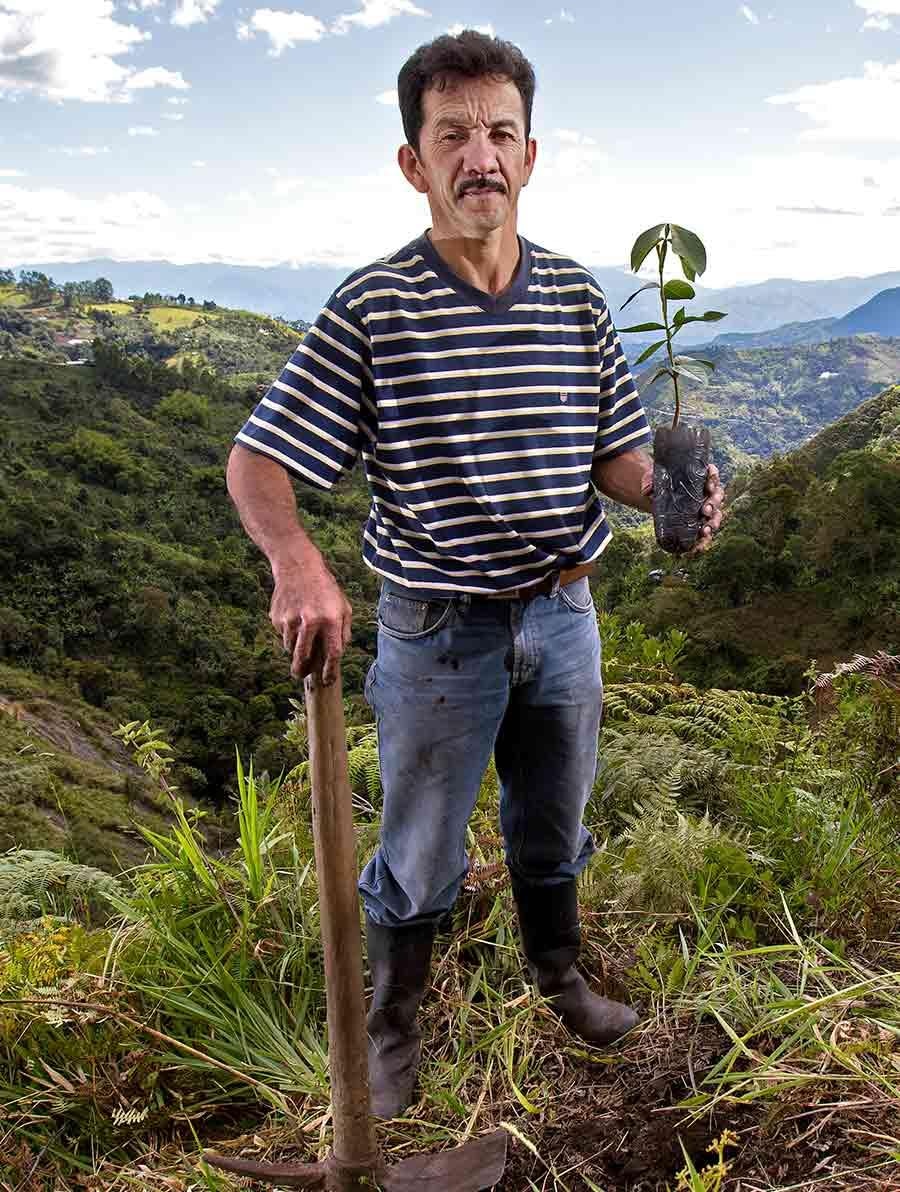
1. Data updated per The Positive Cup 2024 Progress Status document. All other data reflect the moment this article was published.
This article uses images subject to copyright © Elegante and PUR.

